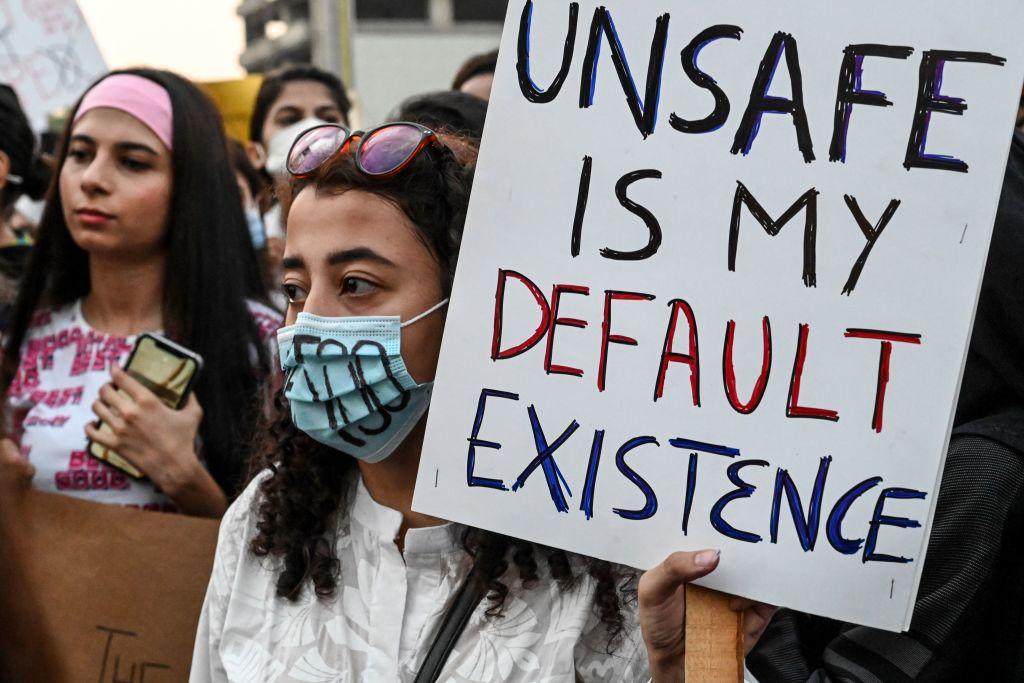Commentary
Once again, Australian universities have shown they prefer ideology over evidence. They have just released their latest survey which alleges that there is a rape crisis on our campuses.

Once again, Australian universities have shown they prefer ideology over evidence. They have just released their latest survey which alleges that there is a rape crisis on our campuses.